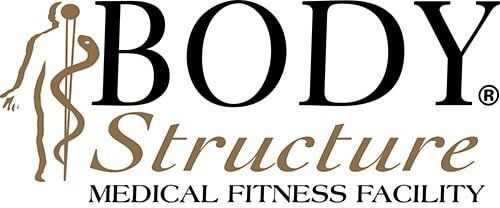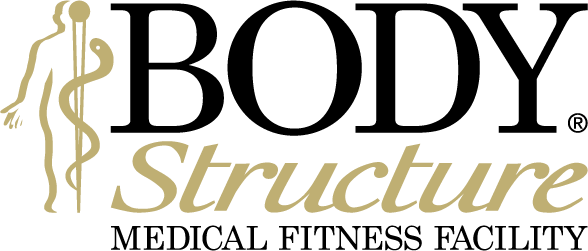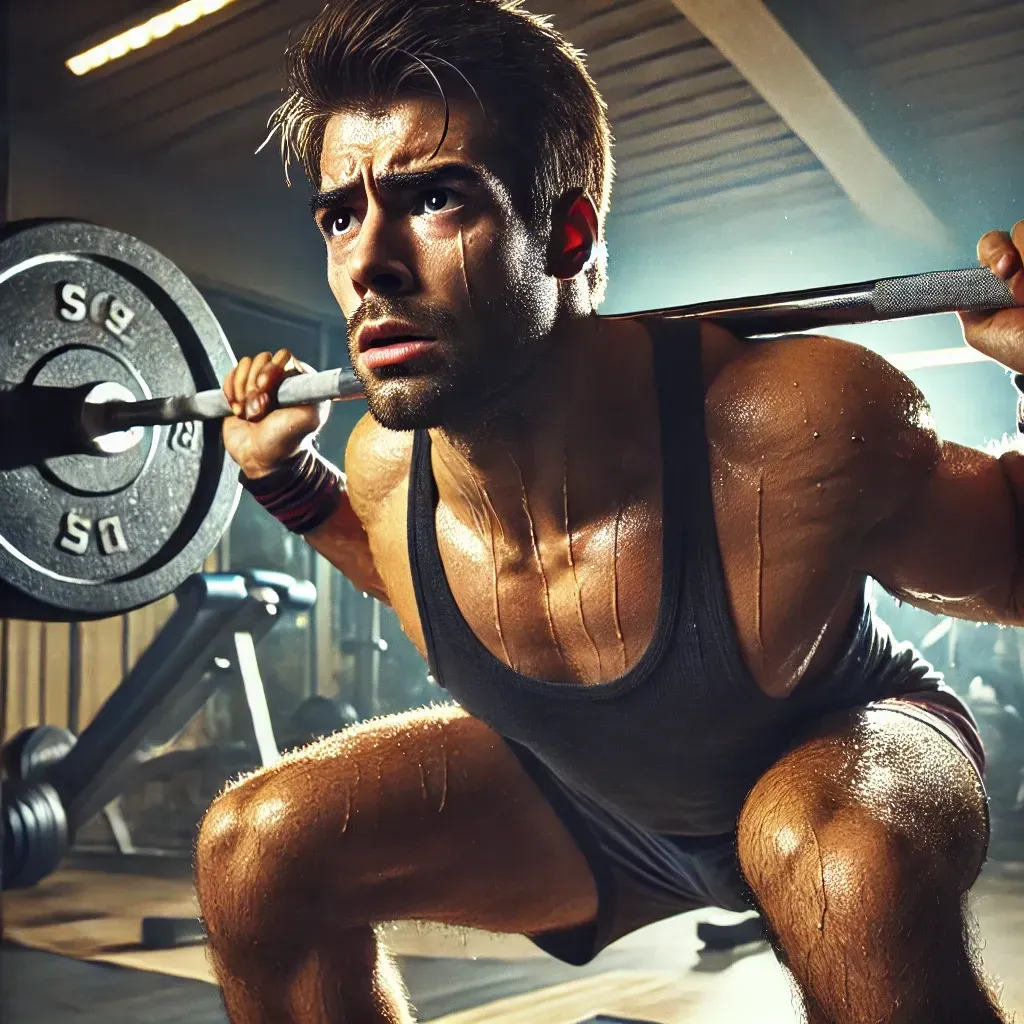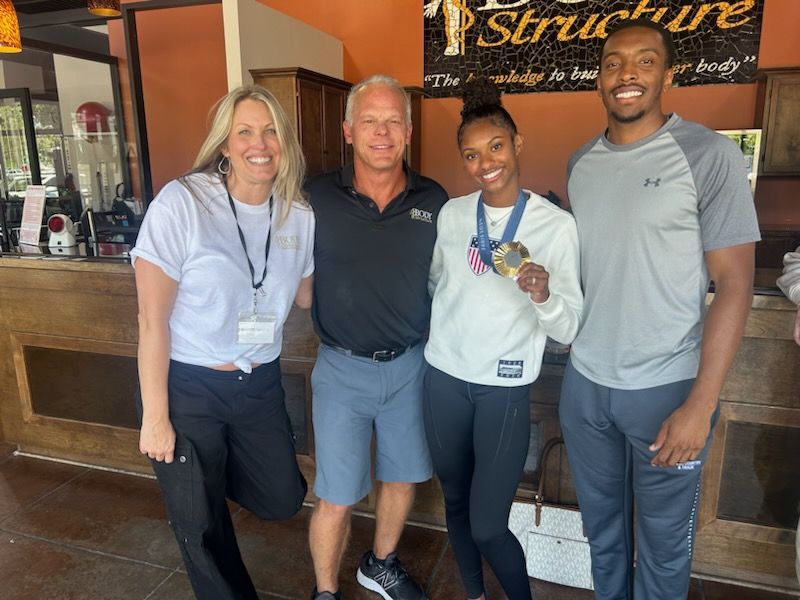5 Steps to Easily Improve Your Squat, Balance, and Posture
Bodystructure Medical Fitness Facility
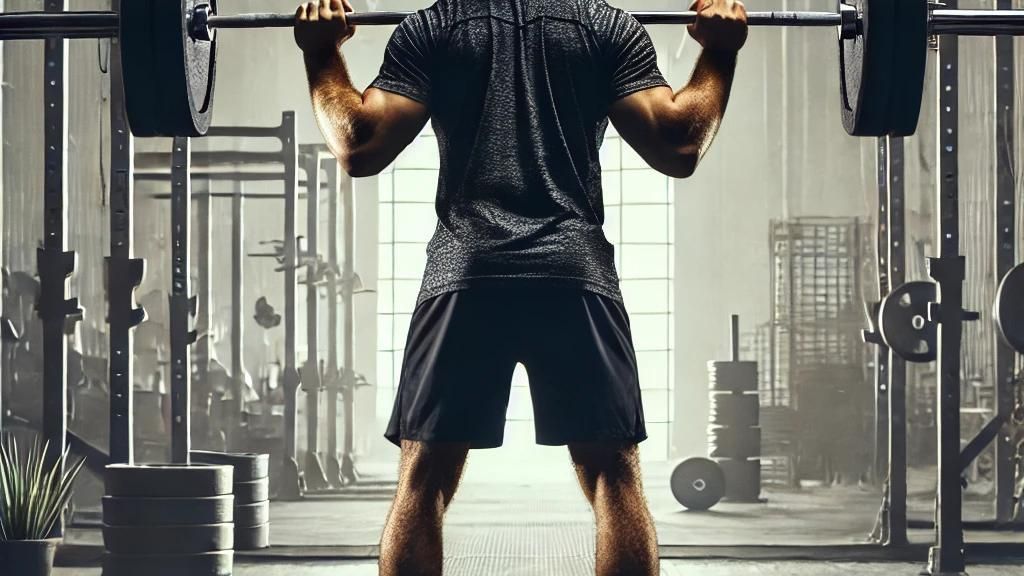
5 Steps to Easily Improve Your Squat, Balance, and Posture
As we age, maintaining good movement mechanics becomes increasingly important. A well-executed squat is a fundamental exercise that enhances strength, balance, and overall posture. Here’s how you can optimize your squat technique with five simple steps, specially designed for those over 40.
1. Torque Your Feet into the Ground
Creating a solid foundation starts with your feet. Imagine you’re trying to screw your feet into the ground without actually moving them. This action, known as "torqueing," helps to activate the muscles of your hips and legs, providing stability and power.
Tip: Perform this torqueing motion before you even begin to squat. It sets the stage for the rest of the movement.
2. Engage Your Core and Glutes
A stable core and strong glutes are crucial for maintaining proper form and protecting your spine. Before you descend, brace your core as if preparing to take a punch, and squeeze your glutes to engage them fully. This dual activation provides a strong pillar of support.
Tip: Think of this step as creating a "cylinder of stability" around your midsection. A solid core ensures that your spine stays in a safe, neutral position throughout the squat.
3. Shoulders Back and Down
Good posture isn’t just for standing up straight; it’s also essential during your squat. Retract your shoulder blades and keep them down to open up your chest. This helps to avoid rounding your upper back, which can lead to poor form and potential injury.
Tip: Imagine pinching a pencil between your shoulder blades. This mental cue can help you maintain proper shoulder positioning.
4. Drive Your Hips Back
Think of squatting as sitting back in an invisible chair. Driving your hips back as you begin your descent engages your posterior chain—the muscles along your backside, including your glutes, hamstrings, and lower back. This movement also ensures that your knees don’t travel too far forward, which can strain your joints.
Tip: Practice this hip-hinge movement without any weight to get the feel for it. Mastering this motion will significantly improve your squat mechanics.
5. Knees Forward and Out
As you lower into the squat, your knees should track forward and slightly out, aligning with your toes. This helps prevent the knees from collapsing inward, leading to knee pain and instability.
Tip: Imagine pushing the floor apart with your feet as you descend. This cue encourages proper knee tracking and engages the muscles of your hips and thighs more effectively.
Implementing These Steps
Incorporating these steps into your squat routine will enhance your strength, balance, and posture, reducing the risk of injury and improving overall movement quality. Remember, consistency is key. Regular practice will engrain these mechanics into your muscle memory, making them second nature.
Final Thought
Perfecting your squat form is a journey. Start with these foundational steps and gradually build upon them. For personalized guidance and expert advice, see one of our trainers at Bodystructure. We’re here to help you move better, feel better, and live better.


